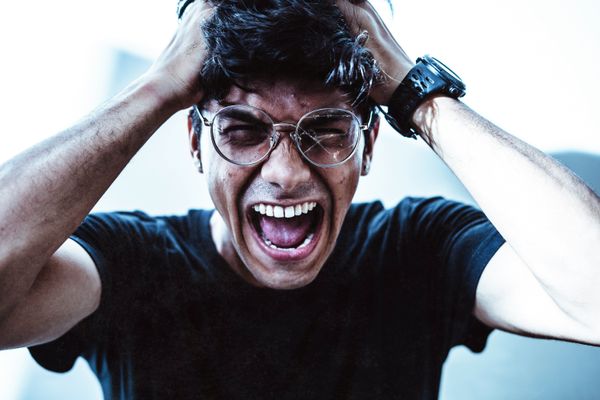There is clearly something wrong in America today. It seems like almost every day in the news, we hear about someone being shot and killed by the police. In a lot of the cases, shooting wasn't necessary or was taken too far. Something clearly needs to change.
Now, what the news leads the public to believe about police shootings and what statistics show do prove each other in certain cases, but they also contradict each other in some other instances. Let's look at the facts first, and then try to determine what the problem(s) might be.
As of Aug. 15, 2015, according to killedbypolice.net, 731 people have been killedby police so far this year. FBI reports say that about 400 people are killed each year by police. However, police agency reporting to the FBI is optional, so the number is most likely higher, possibly closer to 1000.
Even though FBI reporting is optional, the following statistics remain true in the vast majority of similar studies.
This chart shows that, while white Americans are the majority of the general population (63 percent), their percentage among people killed by police drops to 52 percent. These statistics show that the number of whites, blacks, and Hispanics killed by police are not representative of the entire U.S. population.
Could the higher rate of black people killed be linked to their high rate of poverty? That would make sense as higher rates of poverty have a direct link to higher rates in crime. But the problem with that argument is that both Hispanic and black people have higher rates of poverty than white people. Shouldn't that have caused not a lower, but a higher percentage of Hispanics killed in proportion to the U.S. population?
On the topic of poverty, an article called "The Poverty-Crime Connection" from the Jackson Free Press provides some insight as to why more poverty equals more crime. They bring up the point that when a person has a criminal record, even for something as harmless as marijuana use, it becomes incredibly hard for them to get a job. When they can't get a job, they can't afford to provide for themselves or their family, which unfortunately turns many people to crime. And even though many statistics show that drug use is at almost the same percentage among all income levels, or perhaps even higher among upper income ones, the "War on Drugs" targets lower-income neighborhoods, thus arresting more people in those neighborhoods than upper-income ones. Reforming our criminal justice system, the "War on Drugs," and possibly legalizing marijuana could potentially even out those statistics.
So poverty might have a link to who's killed by police, but what other factors might be at play? A Washington Post article from May 30 of this year provided statistics on people killed by police so far in the year. Among the roughly 385 people killed by police by May 30, 82 percent of them were armed with some kind of weapon, which includes things ranging from a baseball bat to an automobile. Among the people killed, 57 percent had a gun, and only about 13 percent were unarmed. It's easy to see that the victims' weapons might have played a role in them getting killed by the police. But of course, there's still the 13 percent of people to think about.
The last potential cause for the deaths I'd like to bring up is that, in almost every single case, the victim was clearly committing a crime; they weren't just randomly approached. According to killedbypolice.net, out of the 47 deaths by police in this month alone, 46 of the victims were clearly committing a crime. These crimes ranged from resisting arrest to evading police to pointing and firing guns at police to armed robbery. In only one instance was the victim potentially not committing a crime. On Aug. 1, a man ran in to the Dallas County Jail screaming that his wife was out to kill him. After not listening to deputy's commands to calm down, he was pinned to the ground. One witness said she saw multiple officers on top of him, one with a knee on the man's neck. The victim claimed he couldn't breath and soon after lost consciousness. After performing CPR on him at the jail, he was rushed to the hospital where he was pronounced dead.
After analyzing all this evidence, there are some clear points that I hope everyone should be able to accept. First point is simply that people need to stop committing crimes. The vast majority of police shootings happened because they were apprehending someone for a crime they committed. Don't try to run from the police or fight them. If you feel you are being unlawfully targeted, you have every right to sue the arresting officer(s) or department. Too many of the recent tragic deaths at the hands of police officers resulted in the victim fighting the officers or trying to run away.
But sometimes the arresting officers take things too far. Let's take the Michael Brown case, for instance. There are many conflicting reports about the incident, but there are some proven facts. Brown robbed a liquor store and pushed the attendant to the ground. He committed a crime and deserved to be arrested. However, officer Darren Wilson shot Brown at least six times, including two shots to the head and four to the right arm. The shooting happened after there was an altercation through the window of Wilson's patrol car. Depending on which witnesses you listen to, the reason Brown was shot could have a completely different story behind it. Regardless of whose side you are on, officers need to be better equipped to handle situations like this.
Wilson shouldn't have shot Brown six times. Ideally, he should have been able to apprehend Brown with a taser. Police should never have to resort to firing a gun unless their lives are on the line. Police departments should also try to lower the chances of a situation like that occurring. Arming officers with more or stronger tasers, making them go through better crisis-management training, or always have two or more officers on patrol together are just a few options to potentially lessen the number of situations where officers feel they have to fire a gun. These are just suggestions, however. I don't know how law enforcement offices function, so I don't know the most effective ways to patrol or combat crime. All I know is that something needs to change.
We can even look at the Dallas County Jail incident. Although I couldn't find results of the autopsy, the man most likely died as a result of being apprehended. Unless the man had the fighting ability of the Hulk, he didn't need multiple officers on top of him. Deputies should have been equipped with either better training, tasers or something. I understand that their intent was to apprehend him, that they in no way intended to kill him, but obviously, things should have gone differently.
And of course, I can't end this article without talking about racial bias. If racial bias is a factor, I'm not really sure what the solution is. I'd like to say better sensitivity training would help the problem, but I'm not sure. Ideally, we as a nation need to work hard to bring people out of poverty. Many people in America stereotype those living in poverty as being criminals because poverty-stricken neighborhoods are crime hot spots. And since Hispanic and black people have higher rates of poverty than whites, they are more often stereotyped as being criminals. So it might not be that some officers (and regular American citizens as well) are inherently racist, but it's that they're applying an unfortunate statistic to a large amount of the people that they stop. While it won't solve the problem, elevating people out of poverty would be a great start to lessen racial bias and to reduce the number of deaths at the hands of police.
There's something that I hope everyone will remember, though. Our law enforcement officers risk their lives every day to protect people like you and me.
The National Law Enforcement Officers Memorial Fund reports that over the past decade, on average, 151 officers have been killed annually in the of duty. That average has fortunately been decreasing since the 1970s.
In 2008, state and local law enforcement agencies employed more than 1.1 million people on a full time basis. Comparing that number to the number of people killed every year shows that the vast majority of law enforcement officers don't kill the people they stop.
Most officers are like the man in the above picture. They want to serve and protect the community. They truly are there to make their community a better place for all. But perhaps they can do more. Perhaps more community outreach is needed to increase America's trust of the police force. More outreach to poverty stricken neighborhoods could show people that our law enforcement officers really aren't as bad as they're believed to be.
But in the end, community outreach and even raising more people out of poverty isn't enough. Our law enforcement departments need to undergo some kind of change. They need to find better ways to apprehend suspects as safely as possible. I understand some situations are going to require guns. However, I'm talking about the basic everyday traffic stops, stopping a potential robbery suspect, etc. Law enforcement needs to find a better way to allow people to answer to their crime, instead of having to answer the question, "Why my child?" to another mother and father.
Because ultimately, all lives matter. We still need to make sure our officers are protected, but at the same time, we need to make sure that we try our hardest to reduce the number of people killed by the police to as close to zero as possible.




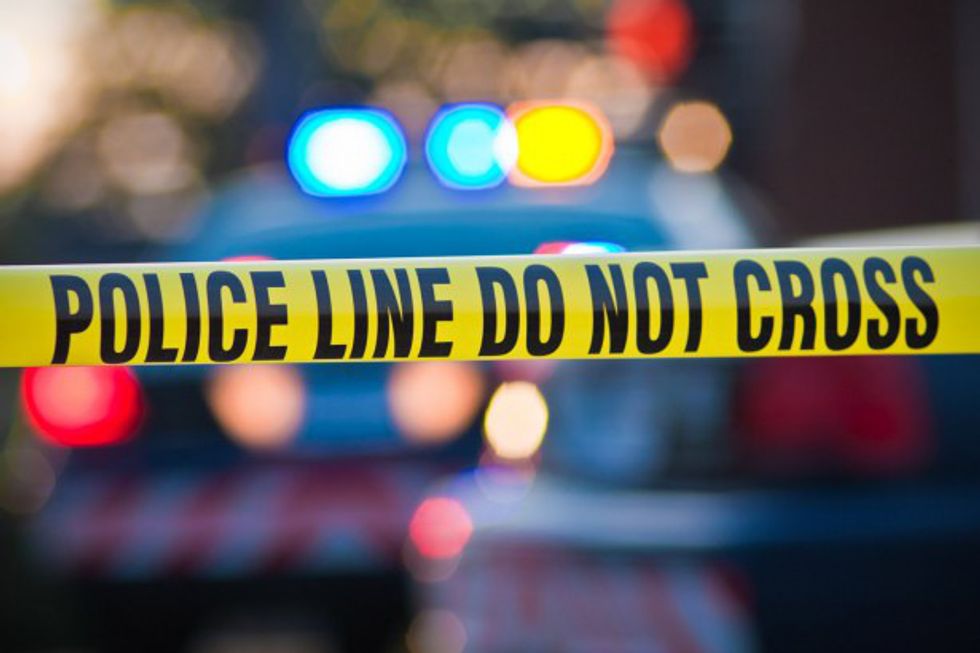
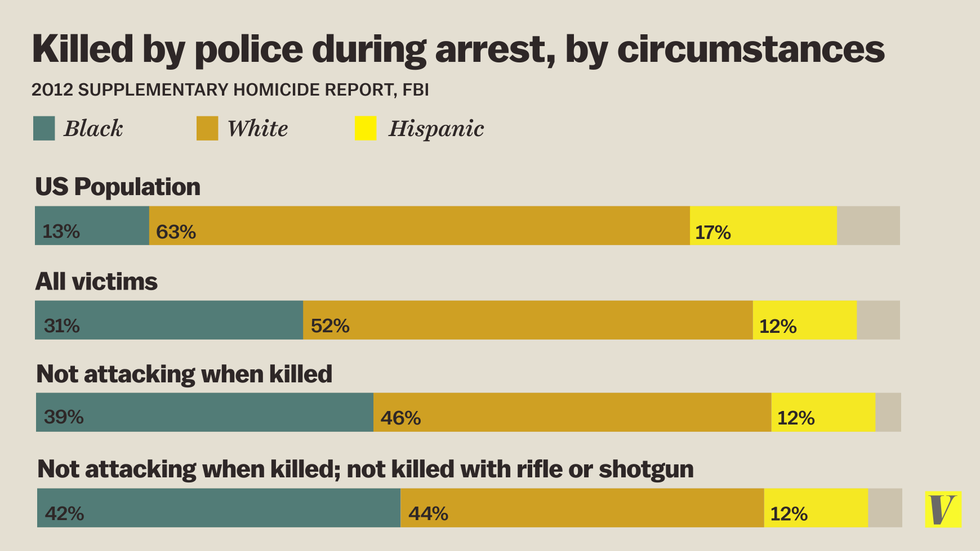
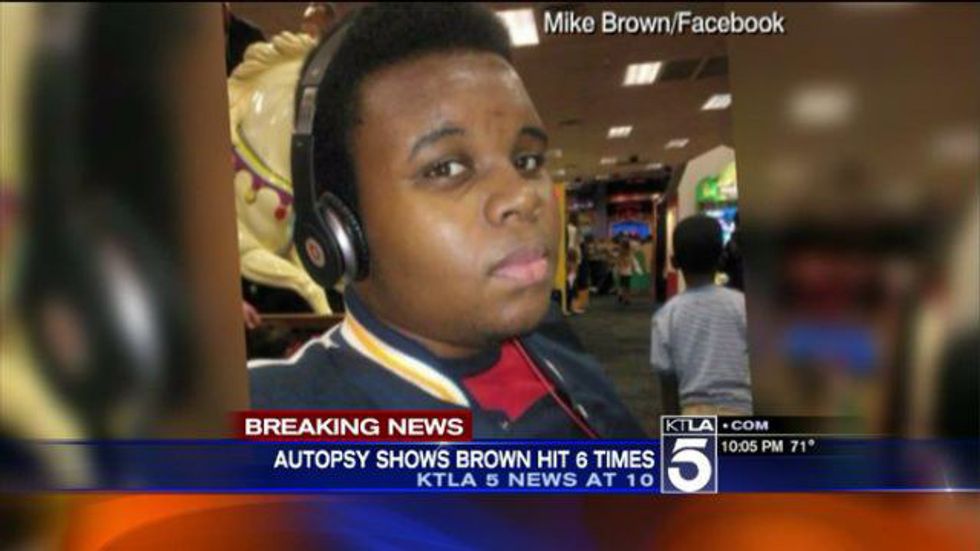
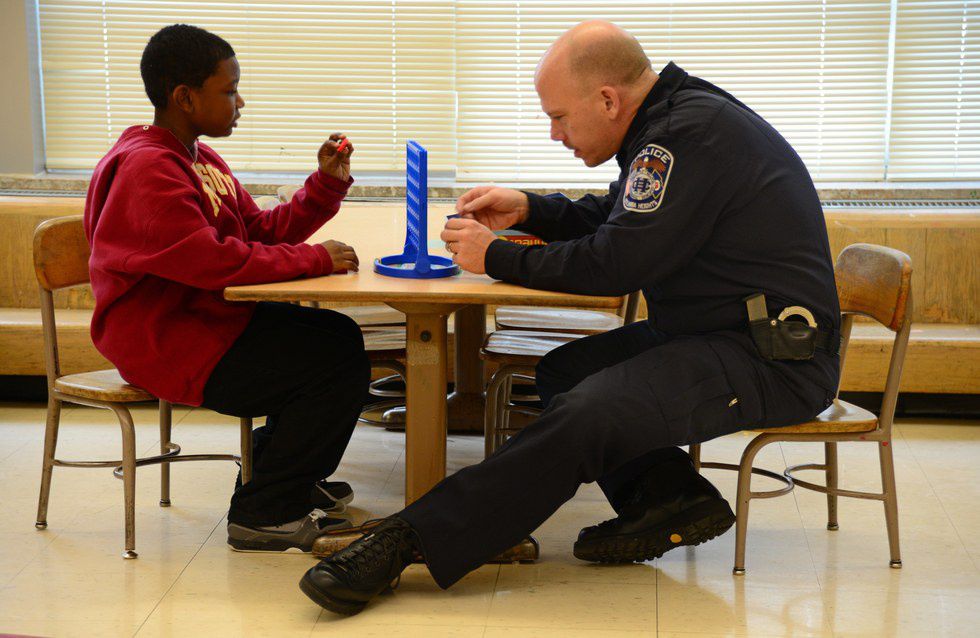
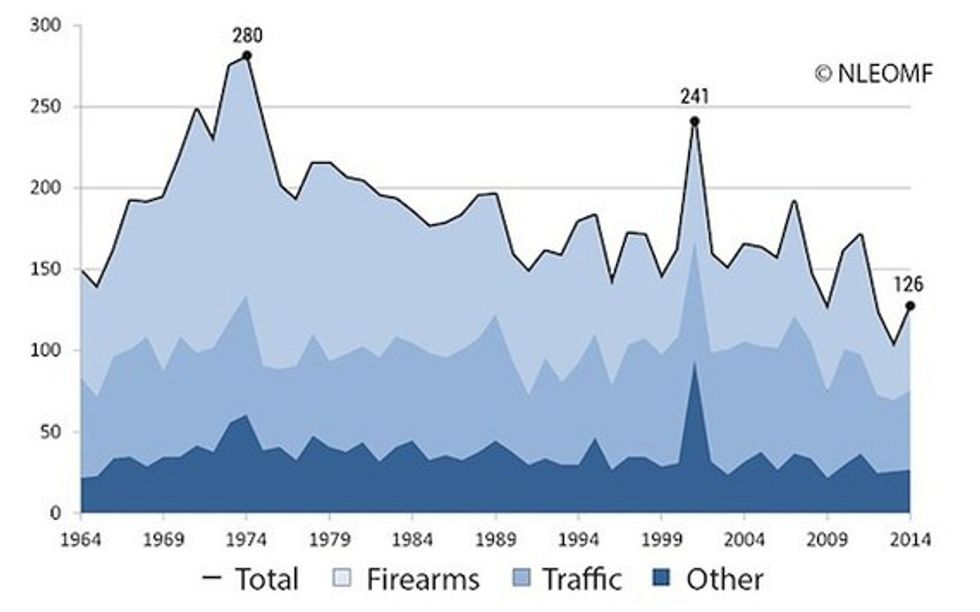
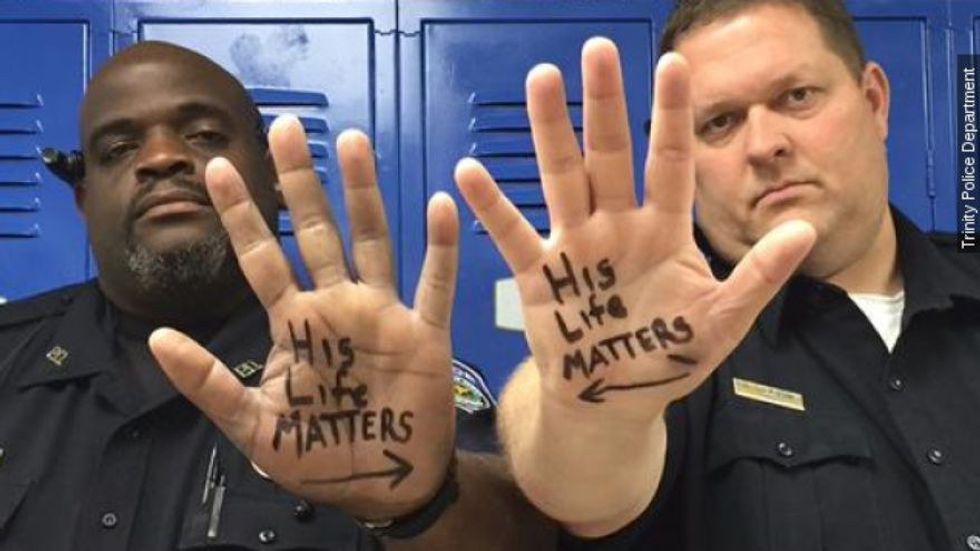




 The minimum wage is not a living wage.
StableDiffusion
The minimum wage is not a living wage.
StableDiffusion
 influential nations
StableDiffusion
influential nations
StableDiffusion









